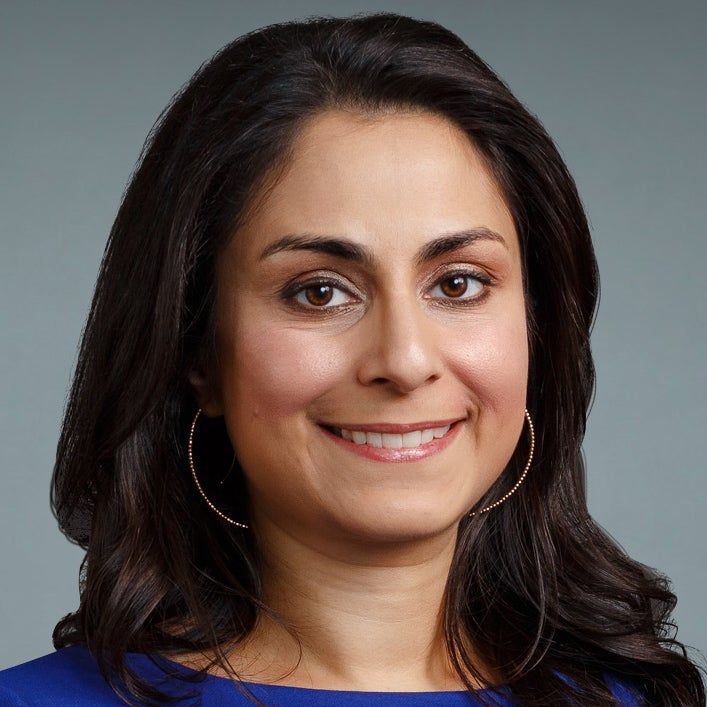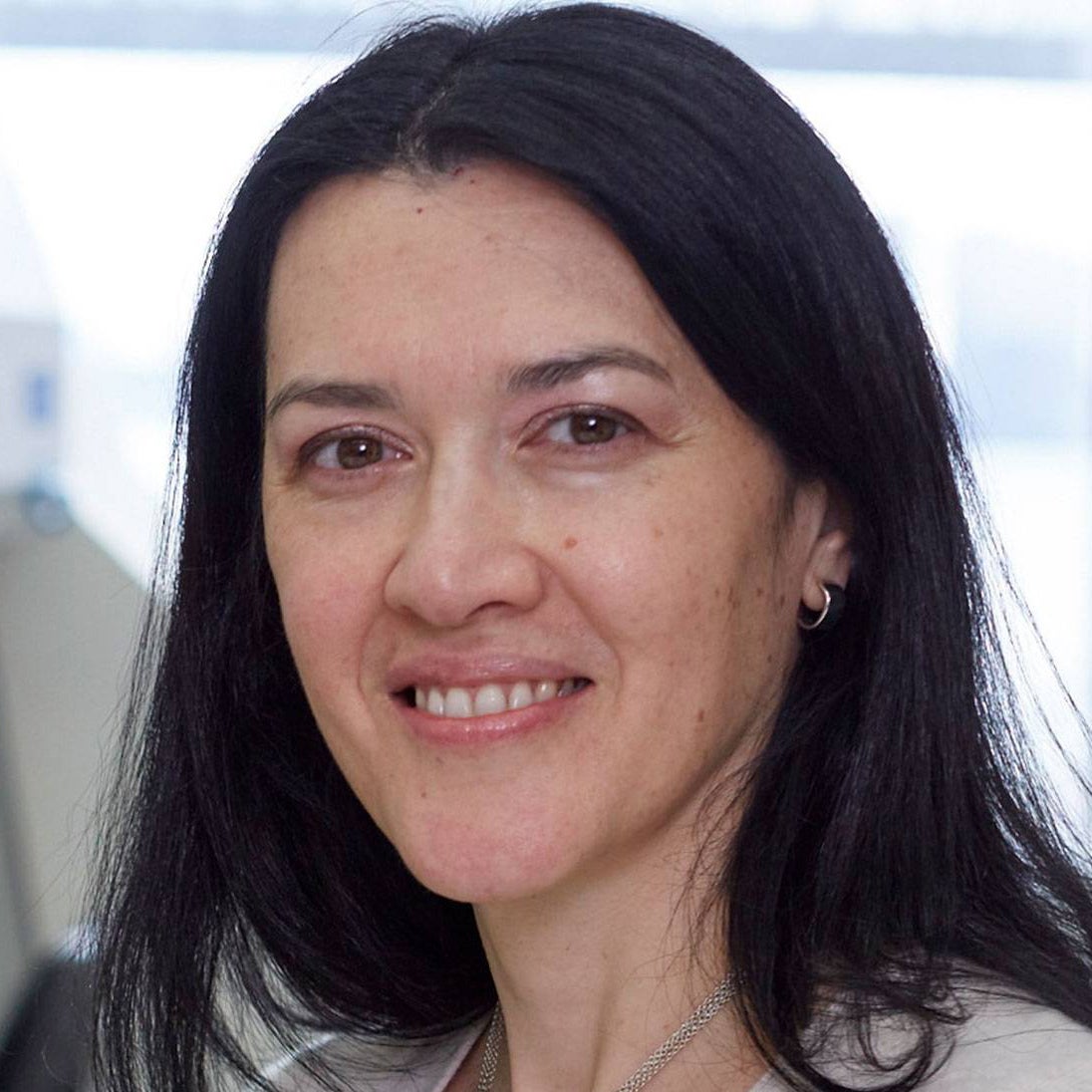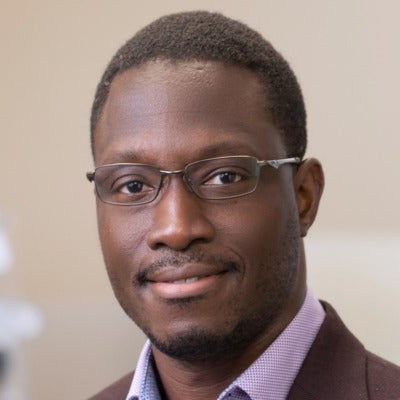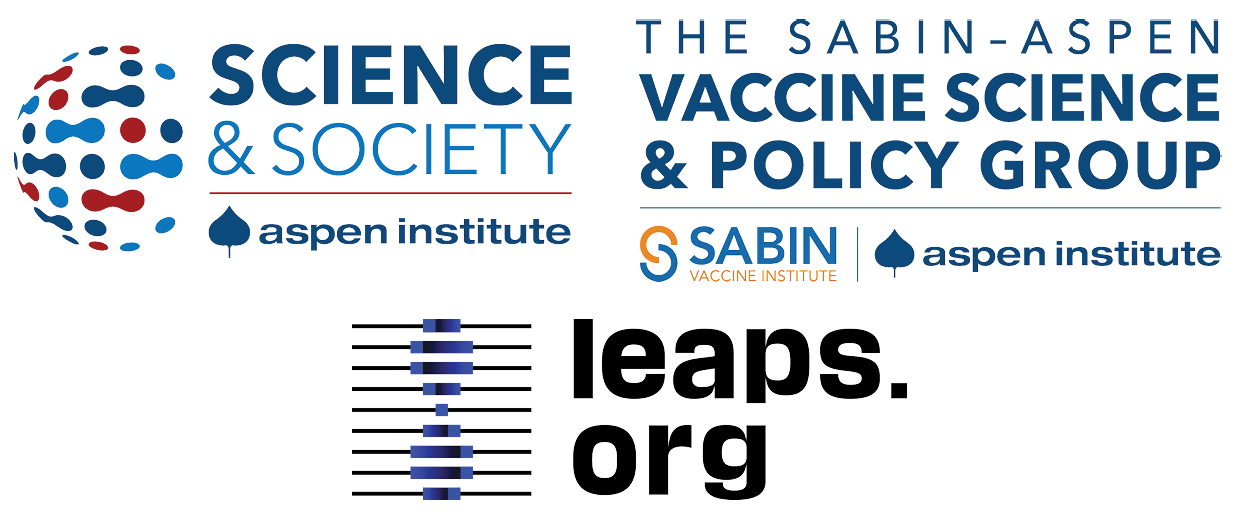Dec. 17th Event: The Latest on Omicron, Boosters, and Immunity
Kira Peikoff was the editor-in-chief of Leaps.org from 2017 to 2021. As a journalist, her work has appeared in The New York Times, Newsweek, Nautilus, Popular Mechanics, The New York Academy of Sciences, and other outlets. She is also the author of four suspense novels that explore controversial issues arising from scientific innovation: Living Proof, No Time to Die, Die Again Tomorrow, and Mother Knows Best. Peikoff holds a B.A. in Journalism from New York University and an M.S. in Bioethics from Columbia University. She lives in New Jersey with her husband and two young sons. Follow her on Twitter @KiraPeikoff.

The Omicron variant poses new uncertainty for the vaccines, which four leading experts will address during our virtual event on December 17th, 2021.
This virtual event will convene leading scientific and medical experts to discuss the most pressing questions around the new Omicron variant, including what we know so far about its ability to evade COVID-19 vaccines, the role of boosters in eliciting heightened immunity, and the science behind variants and vaccines. A public Q&A will follow the expert discussion.
EVENT INFORMATION:
Date: Friday Dec 17, 2021
2:00pm - 3:30pm EST

Dr. Céline Gounder, MD, ScM, is the CEO/President/Founder of Just Human Productions, a non-profit multimedia organization. She is also the host and producer of American Diagnosis, a podcast on health and social justice, and Epidemic, a podcast about infectious disease epidemics and pandemics. She served on the Biden-Harris Transition COVID-19 Advisory Board.
 Dr. Theodora Hatziioannou, Ph.D., is a Research Associate Professor in the Laboratory of Retrovirology at The Rockefeller University. Her research includes identifying plasma samples from recovered COVID-19 patients that contain antibodies capable of neutralizing the SARS-CoV-2 coronavirus.
Dr. Theodora Hatziioannou, Ph.D., is a Research Associate Professor in the Laboratory of Retrovirology at The Rockefeller University. Her research includes identifying plasma samples from recovered COVID-19 patients that contain antibodies capable of neutralizing the SARS-CoV-2 coronavirus.

Dr. Onyema Ogbuagu, MBBCh, is an Associate Professor at Yale School of Medicine and an infectious disease specialist who treats COVID-19 patients and leads Yale’s clinical studies around COVID-19. He ran Yale’s trial of the Pfizer/BioNTech vaccine.

Dr. Eric Topol, M.D., is a cardiologist, scientist, professor of molecular medicine, and the director and founder of Scripps Research Translational Institute. He has led clinical trials in over 40 countries with over 200,000 patients and pioneered the development of many routinely used medications.
This event is the fourth of a four-part series co-hosted by Leaps.org, the Aspen Institute Science & Society Program, and the Sabin–Aspen Vaccine Science & Policy Group, with generous support from the Gordon and Betty Moore Foundation and the Howard Hughes Medical Institute.

Kira Peikoff was the editor-in-chief of Leaps.org from 2017 to 2021. As a journalist, her work has appeared in The New York Times, Newsweek, Nautilus, Popular Mechanics, The New York Academy of Sciences, and other outlets. She is also the author of four suspense novels that explore controversial issues arising from scientific innovation: Living Proof, No Time to Die, Die Again Tomorrow, and Mother Knows Best. Peikoff holds a B.A. in Journalism from New York University and an M.S. in Bioethics from Columbia University. She lives in New Jersey with her husband and two young sons. Follow her on Twitter @KiraPeikoff.
He Almost Died from a Deadly Superbug. A Virus Saved Him.
Tom Patterson holding an image of Acinetobacter baumannii and Steffanie Strathdee holding an image of a bacteriophage.
An attacking rogue hippo, giant jumping spiders, even a coup in Timbuktu couldn't knock out Tom Patterson, but now he was losing the fight against a microscopic bacteria.
Death seemed inevitable, perhaps hours away, despite heroic efforts to keep him alive.
It was the deadly drug-resistant superbug Acinetobacter baumannii. The infection struck during a holiday trip with his wife to the pyramids in Egypt and had sent his body into toxic shock. His health was deteriorating so rapidly that his insurance company paid to medevac him first to Germany, then home to San Diego.
Weeks passed as he lay in a coma, shedding more than a hundred pounds. Several major organs were on the precipice of collapse, and death seemed inevitable, perhaps hours away despite heroic efforts by a major research university hospital to keep Tom alive.

Tom Patterson in a deep coma on March 14, 2016, the day before phage therapy was initiated.
(Courtesy Steffanie Strathdee)
Then doctors tried something boldly experimental -- injecting him with a cocktail of bacteriophages, tiny viruses that might infect and kill the bacteria ravaging his body.
It worked. Days later Tom's eyes fluttered open for a few brief seconds, signaling that the corner had been turned. Recovery would take more weeks in the hospital and about a year of rehabilitation before life began to resemble anything near normal.
In her new book The Perfect Predator, Tom's wife, Steffanie Strathdee, recounts the personal and scientific ordeal from twin perspectives as not only his spouse but also as a research epidemiologist who has traveled the world to track down diseases.
Part of the reason why Steff wrote the book is that both she and Tom suffered severe PTSD after his illness. She says they also felt it was "part of our mission, to ensure that phage therapy wasn't going to be forgotten for another hundred years."

Tom Patterson and Steffanie Strathdee taking a first breath of fresh air during recovery outside the UCSD hospital.
(Courtesy Steffanie Strathdee)
From Prehistoric Arms Race to Medical Marvel
Bacteriophages, or phages for short, evolved as part of the natural ecosystem. They are viruses that infect bacteria, hijacking their host's cellular mechanisms to reproduce themselves, and in the process destroying the bacteria. The entire cycle plays out in about 20-60 minutes, explains Ben Chan, a phage research scientist at Yale University.
They were first used to treat bacterial infections a century ago. But the development of antibiotics soon eclipsed their use as medicine and a combination of scientific, economic, and political factors relegated them to a dusty corner of science. The emergence of multidrug-resistant bacteria has highlighted the limitations of antibiotics and prompted a search for new approaches, including a revived interest in phages.
Most phages are very picky, seeking out not just a specific type of bacteria, but often a specific strain within a family of bacteria. They also prefer to infect healthy replicating bacteria, not those that are at rest. That's what makes them so intriguing to tap as potential therapy.
Tom's case was one of the first times that phages were successfully infused into the bloodstream of a human.
Phages and bacteria evolved measures and countermeasures to each other in an "arms race" that began near the dawn of life on the planet. It is not that one consciously tries to thwart the other, says Chan, it's that countless variations of each exists in the world and when a phage gains the upper hand and kills off susceptible bacteria, it opens up a space in the ecosystem for similar bacteria that are not vulnerable to the phage to increase in numbers. Then a new phage variant comes along and the cycle repeats.
Robert "Chip" Schooley is head of infectious diseases at the University of California San Diego (UCSD) School of Medicine and a leading expert on treating HIV. He had no background with phages but when Steff, a friend and colleague, approached him in desperation about using them with Tom, he sprang into action to learn all he could, and to create a network of experts who might provide phages capable of killing Acinetobacter.
"There is very little evidence that phage[s] are dangerous," Chip concluded after first reviewing the literature and now after a few years of experience using them. He compares broad-spectrum antibiotics to using a bazooka, where every time you use them, less and less of the "good" bacteria in the body are left. "With a phage cocktail what you're really doing is more of a laser."
Collaborating labs were able to identify two sets of phage cocktails that were sensitive to Tom's particular bacterial infection. And the FDA acted with lightning speed to authorize the experimental treatment.

A bag of a four-phage "cocktail" before being infused into Tom Patterson.
(Courtesy Steffanie Strathdee)
Tom's case was scientifically important because it was one of the first times that phages were successfully infused into the bloodstream of a human. Most prior use of phages involved swallowing them or placing them directly on the area of infection.
The success has since sparked a renewed interest in phages and a reexamination of their possible role in medicine.
Over the two years since Tom awoke from his coma, several other people around the world have been successfully treated with phages as part of their regimen, after antibiotics have failed.
The Future of Phage Therapy
The experience treating Tom prompted UCSD to create the Center for Innovative Phage Applications and Therapeutics (IPATH), with Chip and Steff as co-directors. Previous labs have engaged in basic research on phages, but this is the first clinical center in North America to focus on translating that knowledge into treating patients.
In January, IPATH announced the first phase 2 clinical trial approved by the FDA that will use phages intravenously. The viruses are being developed by AmpliPhi Biosciences, a San Diego-based company that supplied one of the phages used to treat Tom. The new study takes on drug resistant Staph aureus bacteria. Experimental phage therapy treatment using the company's product candidates was recently completed in 21 patients at seven hospitals who had been suffering from serious infections that did not respond to antibiotics. The reported success rate was 84 percent.
The new era of phage research is applying cutting-edge biologic and informatics tools to better understand and reshape the viruses to better attack bacteria, evade resistance, and perhaps broaden their reach a bit within a bacterial family.
Genetic engineering tools are being used to enhance the phages' ability to infect targeted bacteria.
"As we learn more and more about which biological activities are critical and in which clinical settings, there are going to be ways to optimize these activities," says Chip. Sometimes phages may be used alone, other times in combination with antibiotics.
Genetic engineering using tools are being used to enhance the phages' ability to infect targeted bacteria and better counter evolving forms of bacterial resistance in the ongoing "arms race" between the two. It isn't just theory. A patient recently was successfully treated with a genetically modified phage as part of the regimen, and the paper is in press.
In reality, given the trillions of phages in the world and the endless encounters they have had with bacteria over the millennia, it is likely that the exact phages needed to kill off certain bacteria already exist in nature. Using CRISPR to modify a phage is simply a quick way to identify the right phage useful for a given patient and produce it in the necessary quantities, rather than go search for the proverbial phage needle in a sewage haystack, says Chan.
One non-medical reason why using modified phages could be significant is that it creates an intellectual property stake, something that is patentable with a period of exclusive use. Major pharmaceutical companies and venture capitalists have been hesitant to invest in organisms found in nature; but a patentable modification may be enough to draw their interest to phage development and provide the funding for large-scale clinical trials necessary for FDA approval and broader use.
"There are 10 million trillion trillion phages on the planet, 10 to the power of 31. And the fact is that this ongoing evolutionary arms race between bacteria and phage, they've been at it for a millennia," says Steff. "We just need to exploit it."
This Mom Is On a Mission to End Sickle Cell Disease
Adrienne Shapiro and her daughter Marissa, who is the fifth generation of children in the family to inherit sickle cell disease, pose in 2018 for a selfie after a new medicine Endari transformed their lives.
[Editor's Note: This video is the third of a five-part series titled "The Future Is Now: The Revolutionary Power of Stem Cell Research." Produced in partnership with the Regenerative Medicine Foundation, and filmed at the annual 2019 World Stem Cell Summit, this series illustrates how stem cell research will profoundly impact human life.]
Kira Peikoff was the editor-in-chief of Leaps.org from 2017 to 2021. As a journalist, her work has appeared in The New York Times, Newsweek, Nautilus, Popular Mechanics, The New York Academy of Sciences, and other outlets. She is also the author of four suspense novels that explore controversial issues arising from scientific innovation: Living Proof, No Time to Die, Die Again Tomorrow, and Mother Knows Best. Peikoff holds a B.A. in Journalism from New York University and an M.S. in Bioethics from Columbia University. She lives in New Jersey with her husband and two young sons. Follow her on Twitter @KiraPeikoff.

